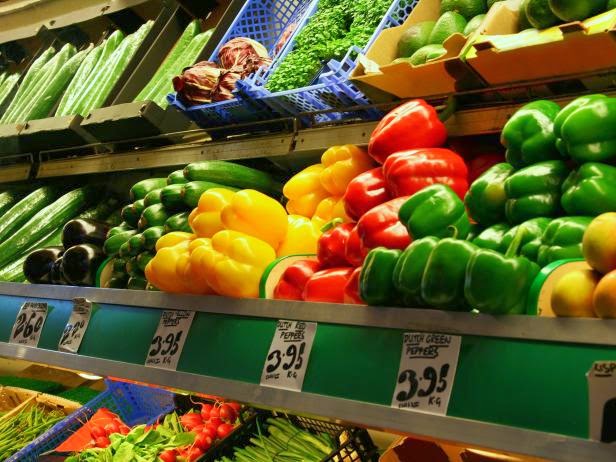Nothing says “OMG, it’s the
weekend!” like pancakes. Someone has taken the time to get up before
you, cook them, toss the first one because it’s always horrible, and
deliver crisp-edged discs of sweet dough to you in bed, at the table, or
while you’re watching cartoons. (Come on, we’ve all been there.) Or
maybe that person is you, and you love your people enough to ensure that
they wake up to the scent of pancakes.
There’s no need to eat plain
Jane pancakes when there’s a whole world of options out there, though.
Here are a few of our favorite flapjack add-ons, because while a good
thing is good, why not go for great?
Bacon
Crumble bits of cooked bacon
into the batter, or—if you’re feeling like a champ—pour batter over
whole cooked slices. Bacon, syrup, pancakes, in one fell breakfast
treat.
If you’re a citrus fan, you can add bits of orange zest or a splash of juice to the batter itself. Maybe go for sugar or honey instead of syrup on this one; citrus and honey are familiar friends.
Chocolate Chips
Classic for a reason. Add as many as you want, again at the batter stage. And hold off on syrup; a flurry of powdered sugar and a fat slab of butter are the way to go, so you can more easily taste the chocolate.
Blueberries
You feel that much healthier
when you get fruit into the batter, and blueberries add an excellent
texture sensation—all juice and pop—when they are pancake-i-fied.
Raspberries add color, tartness and all-around delight. Be sure to chop them small or puree them. If you do the latter, add them to the batter with a tiny bit less liquid than you’d otherwise use.
Peaches
Peaches are the epitome of summer, and chopped small they lend textural interest and natural sweetness.
Bananas
Rare is the child who doesn’t
flip for a banana pancake. Adults have a tough time resisting their
charms, too. Slice the bananas thin, adding them to the pancake while on
the griddle for looks. You can also mince them and add them to the
batter, if you prefer.
There’s an inimitable lightness
to a ricotta pancake; try swapping out the milk in the recipe below for
ricotta, and drizzle in a bit of milk if the batter looks too thick.
Top them with honey or a spoonful more of ricotta, hit with a light
dusting of black pepper. (Trust us.)
Around the winter holidays, swap the milk portion of your recipe for eggnog. Garnish with grated nutmeg and cinnamon for the most Christmas-y brunch we can imagine.
Granola
Quick pancakes get a wholesome (and just the right amount of hearty) with oatmeal, walnuts, honey and cinnamon.






















